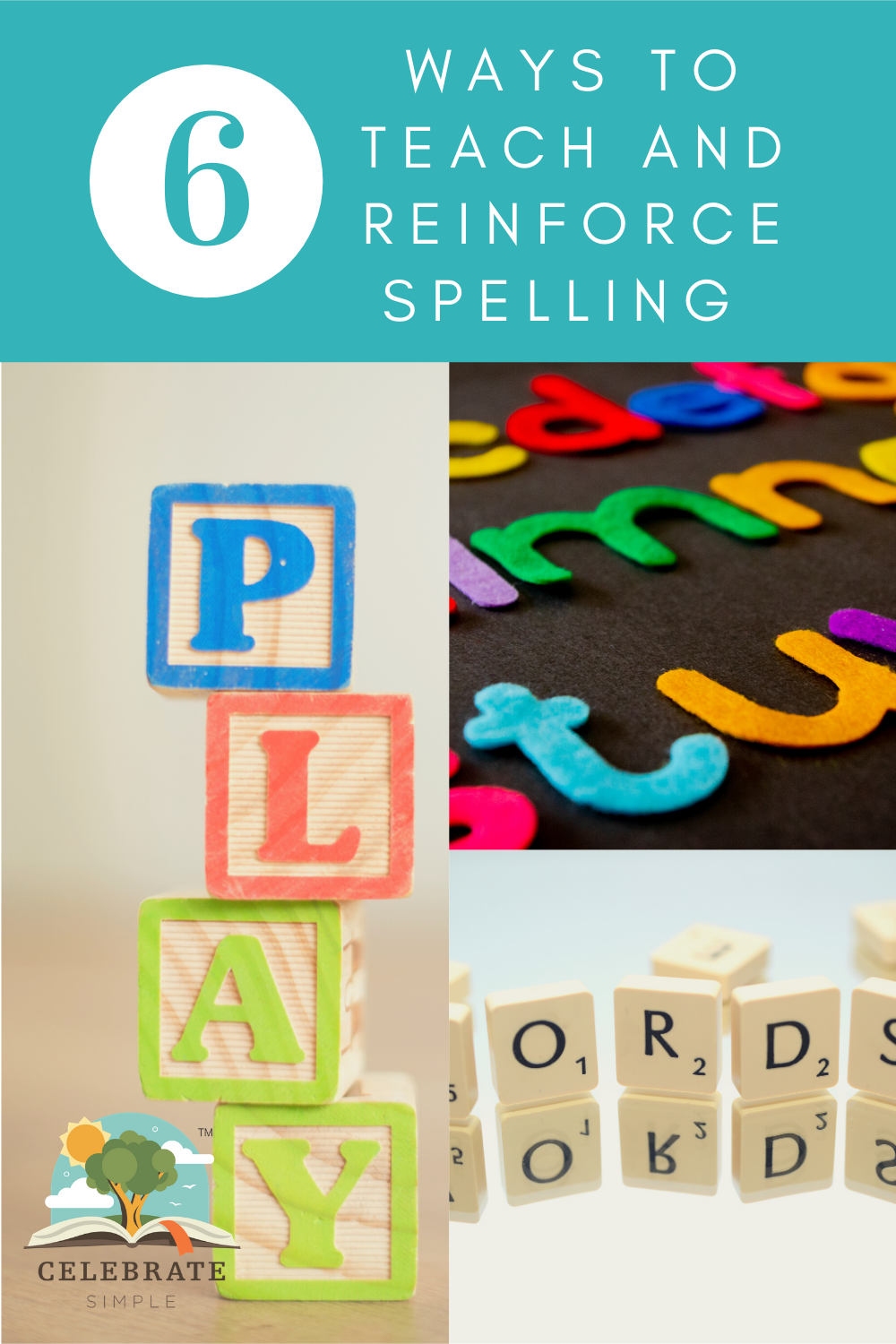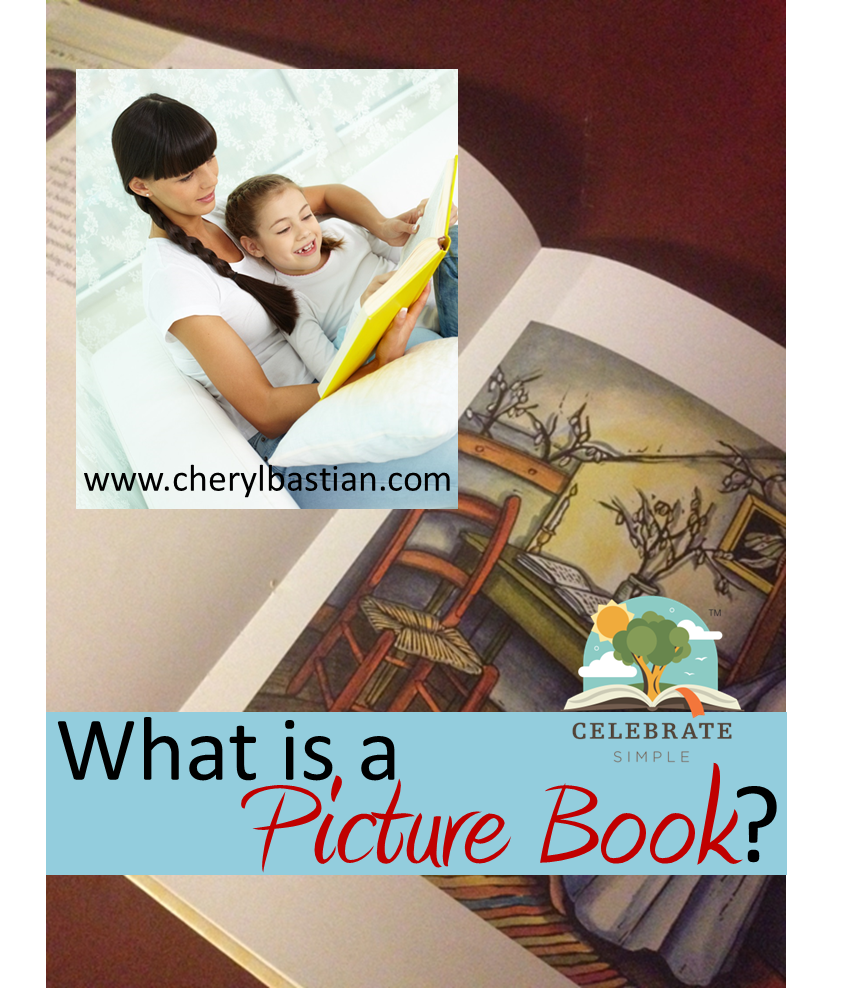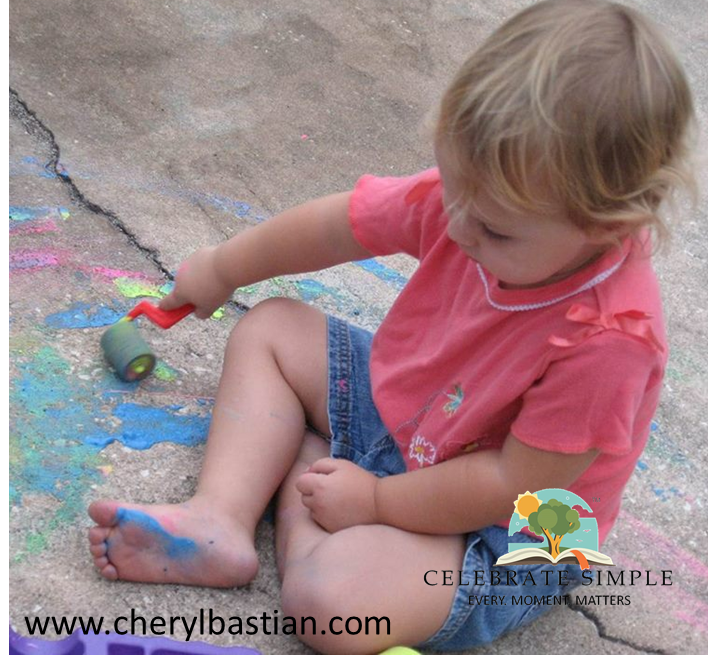Kindergarten at Home: What Little Learners Need
/The Kindergarten year lays the educational foundation for life and learning.
In fact, it is during the Kindergarten year that little learners get their “first taste” of “school”. What they think about “school” and who they are as a learner is developed from their experiences in this first year. That’s weighty to me, but also freeing—so you are not alone if that hits you hard. Keep reading, there’s help and freedom in this decision.
There’s freedom in choosing what’s best for your family from the buffet of choices.
Kindergarteners master foundational skills which serve as a knowledge base for the years and skills to come. Included in that foundation are the attitudes toward learning. If the days and the education in those days are rushed—pushed—learning becomes burdensome, uninteresting, and often irrelevant. When learning flows naturally from that which is real and relational—interesting and personal—joy and wonder fuel their unending curiosity.
A love of learning is nurtured and begins with the items and people little learners love most.
I reminisce over the years we’ve spent with our Kinders. There’s been eight of them. I also taught K4s prior to coming home with my own. For my first-hand experience, I know these years can be fun, soul-nurturing, and satisfying. Here’s a peek into how we’ve done Kindergarten.
Nurture Curiosity. We purpose to give our children the gifts of investigation, experimentation, and discovery. In our home, Kindergarten science is hands-on. At different points during the year we
observe caterpillars change to butterflies (you can order them online or plant a small portion of milkweed in a bed outside your home.
purchase an ant farm (again online)
dig holes outside and allow use of water, PVC pipe, small rocks, and anything needed to build dams, lakes, and pretend sinkholes
plant seeds and grow beans
watch bird behavior—building nests, flight patterns, listen and identify bird calls
go hang out by the lake to feed ducks and fish, catch and release minnows
go to the beach and find treasures and critters,collect and identify shells
find tadpoles and watch them change to frogs
build forts
observe different spider webs
use magnifying glasses and our Magiscope
We check out books from the library on whatever topics we’re learning about (this doesn’t stop at Kindergarten). We also purchase resources and build our home library. The books fuel the curiosity. In our home, Kindergarten science is relaxed, real, engaging, and open-ended—meaning we dig in as deep as we want into any interest. In the end, science concepts well beyond Kindergarten are learned and retained. This has served all abilities well—learning challenged to gifted—and works well when teaching multiple-age children.
Nurture the Mind. This is closely related to and interweaves with nurturing curiosity. One of the reasons we decided to homeschool centered around how individual I knew learning could be and how that individualization could foster thinking, not matter what the age or ability of the child. Nurturing the mind can happen while playing (PLAY is super important in the early years), while engaged in conversation (littles NEED us to listen to their ideas and feelings), or while pondering open-ended questions (questions which cannot be answered with yes or no). Little learners are natural questioners. They wonder what will happen next, how things happen, and when things will happen. It is in this inquisitiveness that they learn how life and people work, interact, and interrelate. Questioning is one of the most important life skills parents can foster and nurture. Mike and I foster inquisitiveness with commentaries and questions which invite our children to do the same.
I wonder how the (insert animal) stays warm.
What comes next in the sequence?
I wonder if (insert item) will work better with this or that.
What do you think will happen next?
I wonder where that trail leads.
Let's watch the (insert animal). I wonder what it will do next.
How long do you think it will take to ...?
Nurture Physical Development. The park was our friend. Children need to run, skip, pump swings, climb rock walls. They need to move. Their bodies are still growing and developing essential muscle ability. Because the body develops from the center to the limb, a strong core is vital. I reminded myself when my children wanted to learn to spell their names, that core development influenced their ability to do so.
Part of why we decided to homeschool rested on the knowledge that I could give my children whatever they needed concept wise and not rob them of time to play. We use a solid math curriculum and we keep moving forward, meaning we sometimes need the first grade level. We don’t spend more than 20 mins at the table at at a time and provide interesting "math tools" to investigate, experiment with, and learn to use.
kitchen scale
tape measure
ruler
yardstick
outside thermometer
measuring cups and spoons
a funnel
bathroom scale (weights more than people, smile!)
shape stencils
protractors
In addition, the child’s piggy bank provides a great meaningful (children want to know how much money they have) resource to learn coin recognition; counting by ones, fives, and tens; and adding. We add engaging math-based picture books where we are able.
Outside of math, we
Read aloud. Reading aloud has been one of the most rewarding activities we've done in our more than years of teaching and parenting littles—picture books, biographies, non-fiction wonders. Each title opens opportunities for setting a template for the English language, building vocabulary, bolstering listening skills, understanding parts of a story, retelling events, the list goes on. Interestingly, there have been times when our little learners are seemingly off in their own world—playing, stacking blocks, coloring—while I read and yet, hours later, they remember EVERY word. So, as you embark on the read aloud journey, I encourage you to read, even when you think your learners are not engaged or paying attention. They are listening. Your reading matters!
The goal was to read aloud, everyday: one picture book, one science-related book (generally from what they were interested in or what we were observing and studying), and one biography or history-related book.
I made sure I left time for pretend play.
Pretend play. Littles learn by imagining and doing, by role playing and creating dialogue in relaxed and uninterrupted environments. Pretend play utilizes the senses and engages the mind, building language and thinking skills. Beginning in the toddler years, littles can be found feeding baby dolls, talking on pretend telephones, playing store, and mixing marvelous meals in a play kitchen. This continues through Kindergarten. What's needed? Props! Some of our favorite pretend play items have been:
calculators, adding machines, and toy cash registers
dress up clothes and hats, backpacks and purses
fabric pieces, scarves, or old costumes
aprons, chef hats, pretend food, and dishes
stuffed animals and dolls
receipt books, stickers, and play money
old telephones, computer keyboards, and monitors
puppets and make-shift card table theaters
When the afternoon boredom sets in, I allow my children to utilize our art supplies or play games. You can read about how we built and organized our art supplies. Our favorite learning games are listed here. While creating art or playing games, littles practice turn taking with supplies, deferment to another person, waiting for others to make decisions or complete a turn, as well as a multitude of cognitive skills.
We want our Kindergarteners to know they matter—their thoughts, their ideas, their feelings, their development.
One of the best things about homeschooling is we get to do life together.
Do life together. One of the things I love about parenting Kindergarteners is watching their faces light up—indoors and outdoors, around the home, and on vacation.
Getting the mail might lead to a conversation about stamps, addresses, states, or modes of transportation.
Setting the table teaches one-to-one correspondence.
Folding laundry offers opportunities to make fractional parts by folding in half and in half again.
Matching shoes and sorting toys provides real-life situations for identifying similarities and differences.
Making together, kitchen experiences: measuring, comparing, weighing (math skills) as well as muscle skills, scrubbing potatoes, stirring, and kneading together. Doing life together allows preschoolers to learn alongside.
Every moment is a marvel, especially when Kindergarten learners are engaged in doing life with those they love.
Kinders are relational. They want to engage in face-to-face conversation and hand-in-hand exploration. When we talk to our children, listen to their questions, concerns, and ideas, we model interpersonal skills and they learn how to process information, feelings, and emotions. These skills are some of the most valuable nuggets our little learners will internalize in their early years.
We purpose Kindergarten to be natural, engaging, and personal. We don’t spend extended time sitting at tables or face-to-face with workpages and fill-in the blanks. We want learning to be meaningful and relaxed, an extension of life, not segmented or overly scheduled.
Kindergarten may not look the same for you or your family. It’s part of the freedom you have to do what you feel is best needed for your children. Read and learn what’s out there, but spend most of your time observing, learning about, and enjoying nurturing your child. You will be surprised at the gains—cognitively, socially, emotionally, and physically.
Kindergarten is a gift.
Best to you as you unwrap that gift.


























































